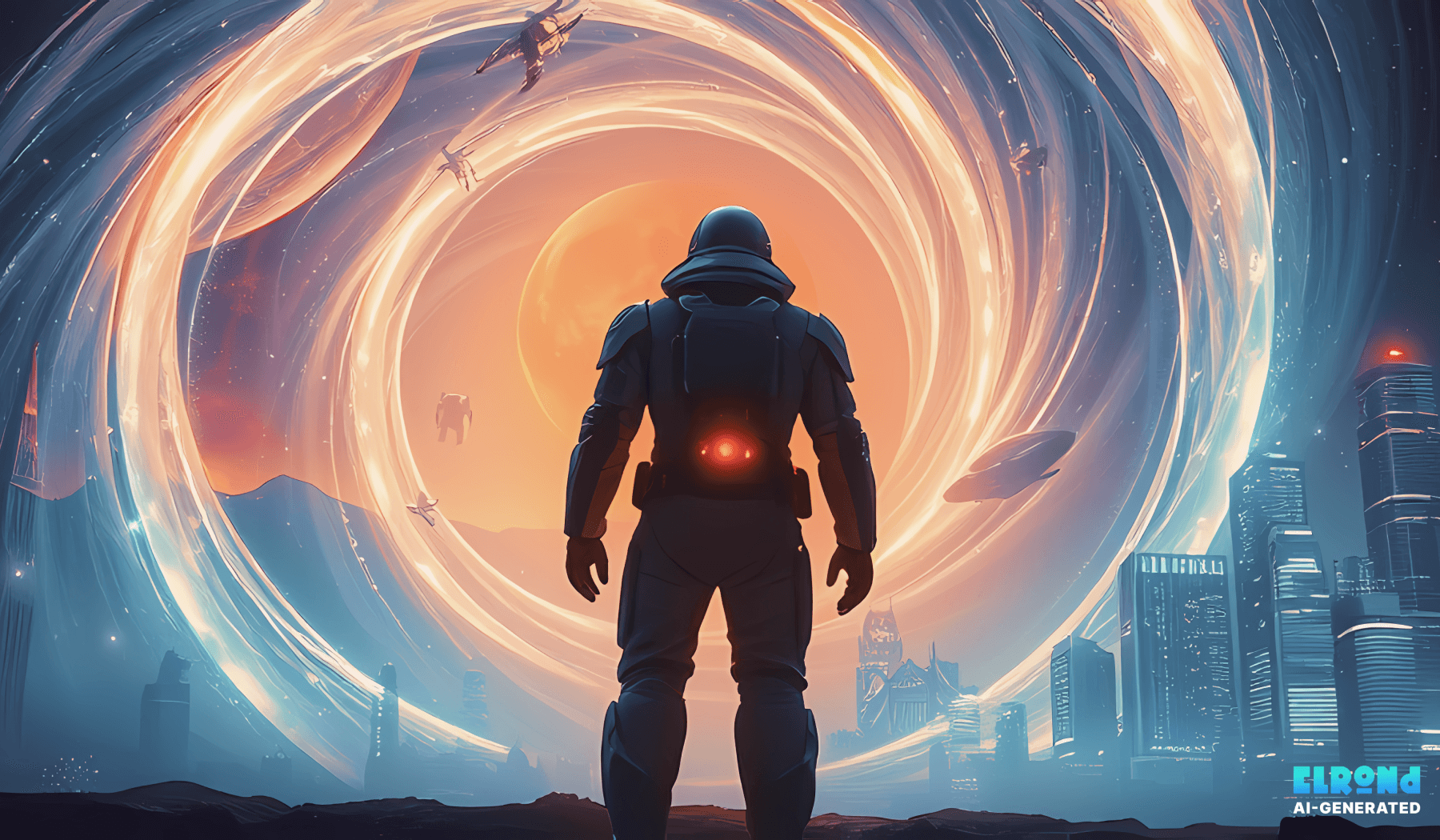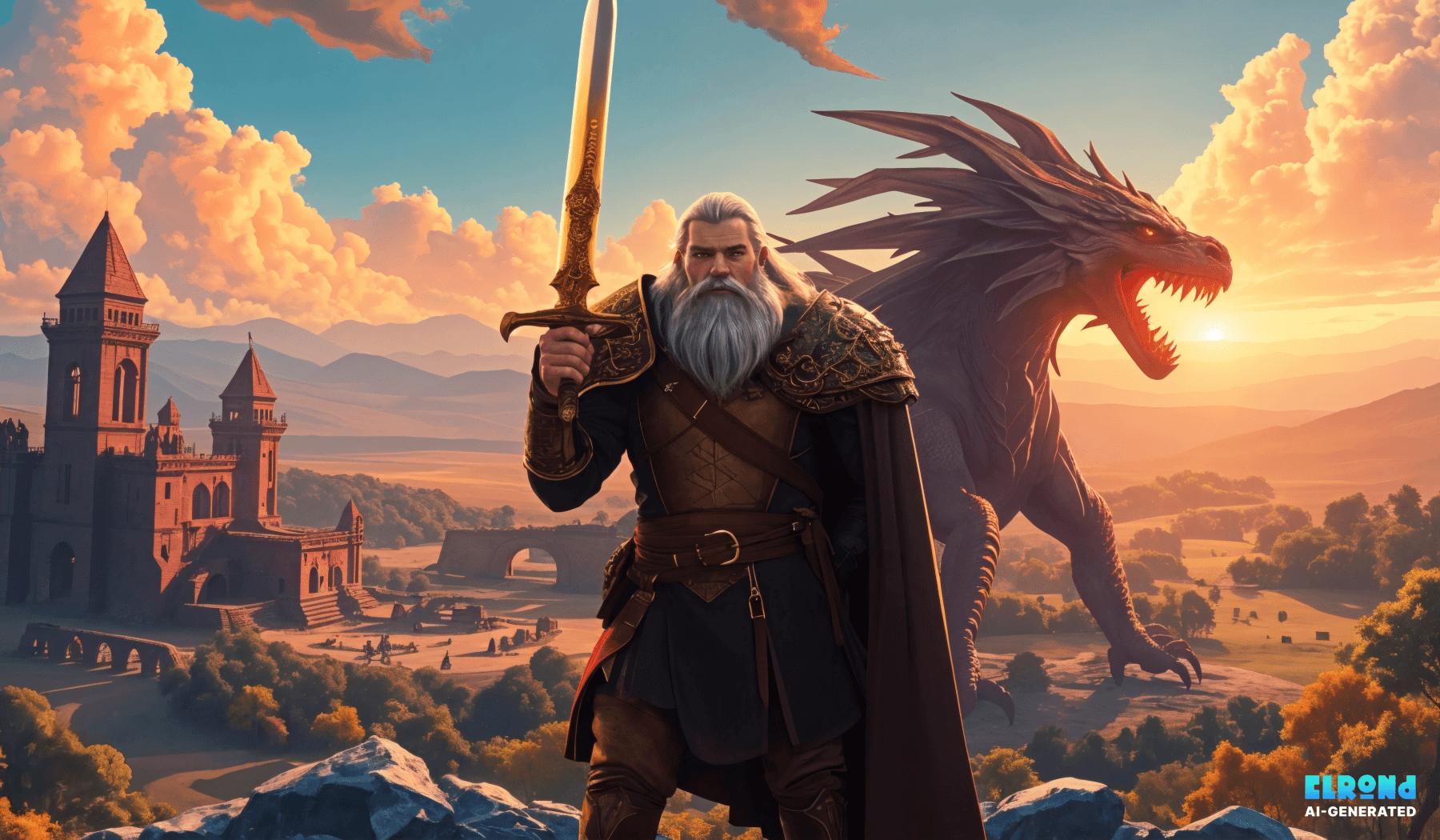Classic sci-fi explores time, technology, and humanity’s future.
Science fiction has long been a genre where writers envision the future, examine technological advancements, and question humanity’s place in an ever-evolving universe. Among the most compelling aspects of sci-fi literature is its exploration of time, often treated not as a fixed construct but as a mutable force that can be bent, broken, or even manipulated. In some of the greatest sci-fi classics, time becomes not only a central theme but a tool that helps to explore complex philosophical questions about existence, destiny, and free will. In this critical review, we’ll dive deep into the threads of time as presented in some of sci-fi’s most influential works.
One of the defining novels of science fiction that confronts the concept of time is The Left Hand of Darkness by Ursula K. Le Guin. While the novel's setting is a distant planet where inhabitants change sex, it is Le Guin’s treatment of time and perspective that makes the book particularly unique. The plot unfolds in a non-linear way, using various perspectives and timeframes to give the reader a more complex understanding of the world. Through the protagonist Genly Ai’s interactions with the people of Gethen, Le Guin interrogates the nature of human relationships, politics, and identity, while subtly examining how time and our perceptions of it shape our lives. It’s a masterful exploration of how future societies might view time differently from our own.
H.G. Wells’ The Time Machine is often regarded as the seminal work that popularized the concept of time travel in science fiction. Written in 1895, it tells the story of an unnamed Time Traveler who builds a machine capable of moving through time, ultimately journeying far into the distant future. What makes Wells’ work so intriguing is how it reflects the anxieties of its time—the rapid industrialization and the implications of class disparities. As the Time Traveler journeys through the ages, he discovers that the human race has split into two distinct species: the Eloi, a peaceful but weak race, and the Morlocks, subterranean creatures who prey on them. Through this, Wells questions the trajectory of human evolution and warns against the possible dangers of unchecked technological progress. The Time Machine remains one of the most influential works in sci-fi, laying the groundwork for countless time travel narratives that followed.
Another brilliant treatment of time comes in the form of Ray Bradbury’s The Sound of Thunder, a short story that explores the consequences of meddling with the past. In the story, a time travel agency offers wealthy clients the opportunity to hunt dinosaurs in prehistoric times, with strict rules to ensure that no changes are made to the past. But, as the story reveals, even the slightest alteration—a killed mosquito—can have profound consequences in the future. The phrase "butterfly effect," popularized by chaos theory, was influenced by Bradbury’s tale, illustrating how seemingly insignificant actions can create massive, often uncontrollable outcomes. The Sound of Thunder is a powerful exploration of the fragility of time and the unintended consequences of human actions.
In contrast, one of the more philosophical works examining time is Slaughterhouse-Five by Kurt Vonnegut. This novel follows Billy Pilgrim, a soldier who becomes “unstuck in time,” jumping between moments in his life, including his time in World War II and his abduction by aliens from the planet Tralfamadore. The novel treats time as a non-linear phenomenon, where past, present, and future exist simultaneously. Through this fractured structure, Vonnegut explores the futility of war, the inevitability of death, and the inherent absurdity of human existence. Slaughterhouse-Five forces readers to confront the cyclical nature of life, suggesting that time, rather than being something we can control or escape, is simply a series of events that repeat, regardless of our actions or desires.
Philip K. Dick’s Do Androids Dream of Electric Sheep? (the basis for the film Blade Runner) also plays with the concept of time, especially in terms of memory and identity. The protagonist, Rick Deckard, hunts rogue androids who possess memories that feel real but are artificially implanted. The question of what is real—whether it’s memories, emotions, or experiences—becomes central to the narrative. Time, in this context, becomes more than just a sequence of events. It is a construction, a series of reflections on what defines human life and experience. Dick’s novel asks us to reflect on the intersection of time, technology, and what it means to be truly alive.
These classic works of science fiction don’t merely use time travel or time manipulation as a plot device. Instead, they delve into the very nature of time itself, exploring how time shapes human consciousness, society, and existence. In doing so, they offer timeless insights into the human condition. Whether it's through the manipulation of past and future, the exploration of memory and identity, or the questioning of technological progress, these sci-fi giants ask us to reconsider our own relationship with time.
As sci-fi continues to evolve, the genre’s treatment of time remains one of its most powerful tools for exploring not just the future but the essence of humanity itself. Through time, we gain perspective—not just on where we are going, but on where we have been, and where we might ultimately end up. In this sense, time is not just a thread we unravel, but a mirror in which we examine the best and worst of ourselves.


